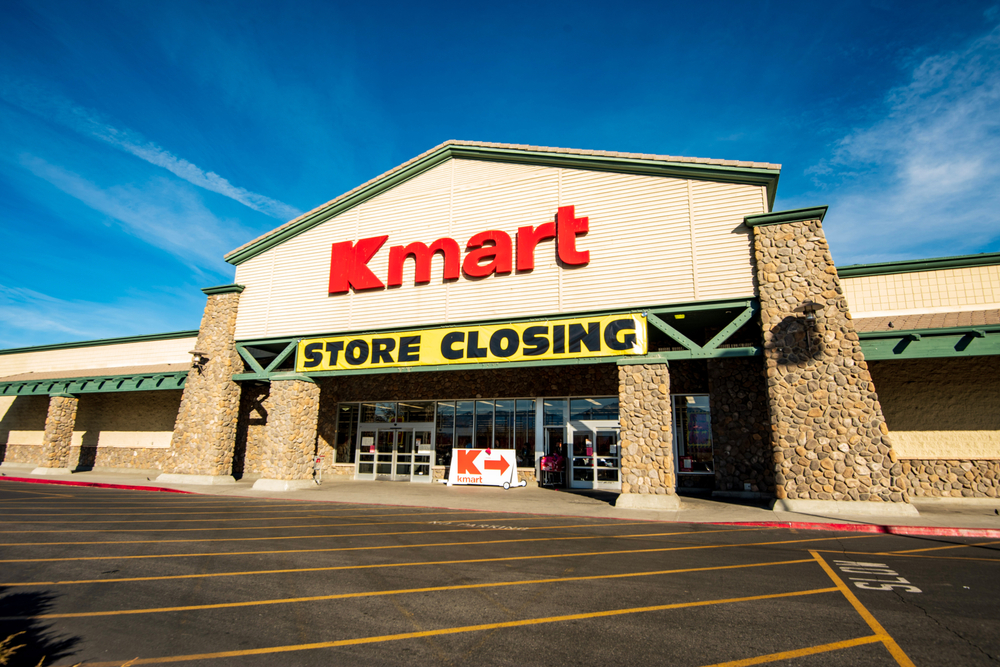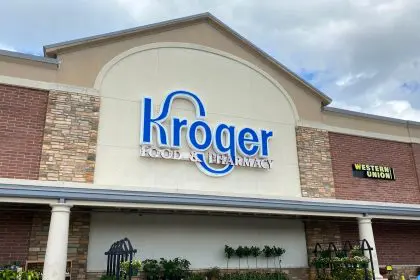On Oct. 20, 2024, the last full-sized Kmart in the continental United States closed its doors, marking the end of an iconic chapter in American retail history. The Bridgehampton, New York store, which opened in 1999, was a significant part of the community and a reminder of Kmart’s once-dominant presence in the retail landscape.
A brief history of Kmart
Kmart’s roots trace back to the late 19th century when founder Sebastian Spering Kresge opened a five-and-dime store in Detroit. The company rebranded as Kmart in 1962 and quickly became known for its innovative marketing strategies, including the famous “blue light specials” that attracted customers with limited-time discounts. These promotions, which began in 1965, became a hallmark of the Kmart shopping experience until they were discontinued in 1991.
The rise and fall of Kmart
For decades, Kmart was a go-to destination for consumers seeking everyday necessities. However, as competition intensified from major retailers like Walmart, Target and Amazon, the company struggled to maintain its market share. The company faced several corporate missteps, including ill-fated acquisitions of brands such as Sports Authority, OfficeMax and Borders in the 1990s, all of which eventually went out of business.
In 2002, Kmart filed for bankruptcy, marking the largest retailer bankruptcy in U.S. history at that time. A merger with Sears in 2005 initially seemed promising, but it ultimately turned into a financial disaster for both companies. At the time of the merger, Kmart operated around 1,400 stores, while Sears had nearly 900 full-line locations. By 2018, Kmart filed for bankruptcy again, leaving only 231 Sears and 191 Kmart stores remaining.
The final closure
The closure of the Bridgehampton store signifies a significant loss for many shoppers who have fond memories associated with the store. Many customers had an emotional connection with the store, which served as a staple in their shopping routines.
Current status of Kmart
While the Bridgehampton location is now closed, a smaller Kmart remains in Miami, along with a few stores in the U.S. Virgin Islands and Guam. However, the closure of the last full-sized store in the mainland U.S. highlights the drastic decline of a once-thriving retail giant.
Looking ahead
The demise of Kmart serves as a cautionary tale for other retailers in an ever-evolving marketplace. As consumer preferences shift towards online shopping and convenience, traditional brick-and-mortar stores must adapt or risk facing a similar fate. The retail landscape continues to change, and the closure of Kmart is a stark reminder of the challenges that many retailers face today.
The closing of Kmart’s last full-sized store is not just the end of a retail chain; it symbolizes the changing dynamics of American shopping habits. As we bid farewell to Kmart, we reflect on its legacy and the impact it had on generations of shoppers.















